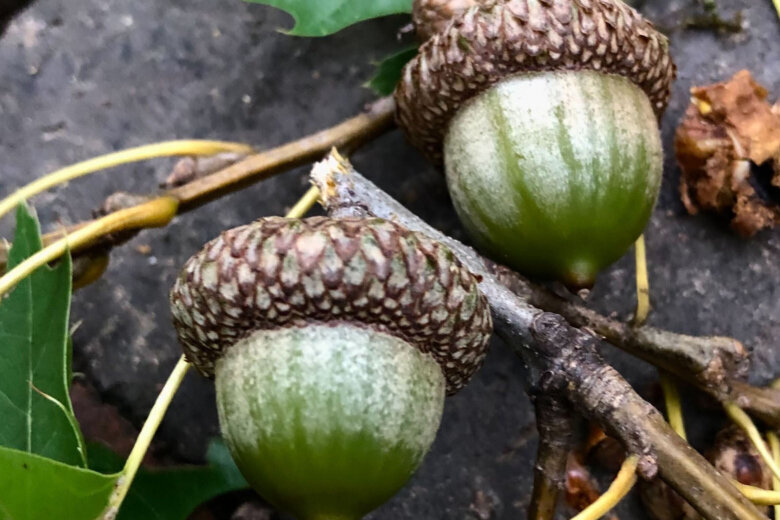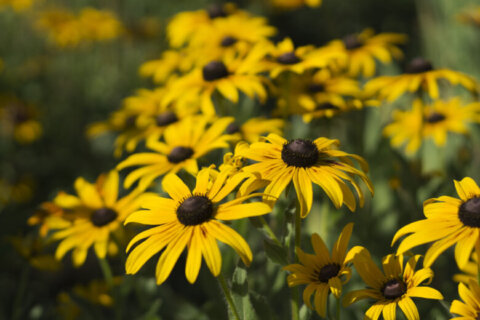
Every year, when acorns drop to the ground — or batter the roof of your car — the state of Maryland puts out the call: They’re collecting, and they’d be happy to have yours.
Francis Smith, a natural resources planner with the Maryland Forest Service, explained that the acorns and seeds collected each fall are used to replenish the state’s nursery, where seedlings are grown for eventual use in parks, school properties and reforestation efforts across the state.
The forest service is part of the state’s Department of Natural Resources.
Smith just put out the call that matches property owners with volunteers who collect varieties of acorns and seeds from oaks and other trees, like dogwoods and redbuds.
“It’s a neat way to give back and kind of create that sustainable forest that we need,” he told WTOP.
There are two types of acorns the state is especially interested in, according to Smith.
“The nursery annually uses 1,000-2,000 pounds of white oak acorns and 1,000 pounds of chestnut oak acorns,” said Smith.
“Those species are dealing with some disease issues and we’re losing some in our natural forest stands,” he said. “Those are two oak species that we usually target first among the many other species that we collect.”
Can’t tell a white oak from a chestnut oak?
Smith said the white oak leaves “have rounded circular leaf tips,” while the chestnut oaks have comparatively pointed tips.
To make sure the acorns from different species aren’t mixed, Smith asks that people collect acorns from one tree at a time. If you’re unsure what or how to collect, you can email Smith directly.
Volunteers often team up to collect acorns and seeds as well.
One thing to watch for, said Smith, are the tiny holes in acorns that can determine whether weevils have bored into the fruit. According to the guidance on the DNR’s website, using the “float test” can separate the viable acorns from those hollowed out by weevils. Collectors are advised to put their haul in a bucket of water. Keep the sinkers for distribution to the nursery and discard the “floaters.”
Smith said volunteers enjoy collecting the acorns, and find the knowledge that they’re contributing to the landscape for generations rewarding. By collecting acorns for planting, he said, “You can leave something behind that can be there hundreds of years later.”
Information about the program and contact information for questions can be found online.









